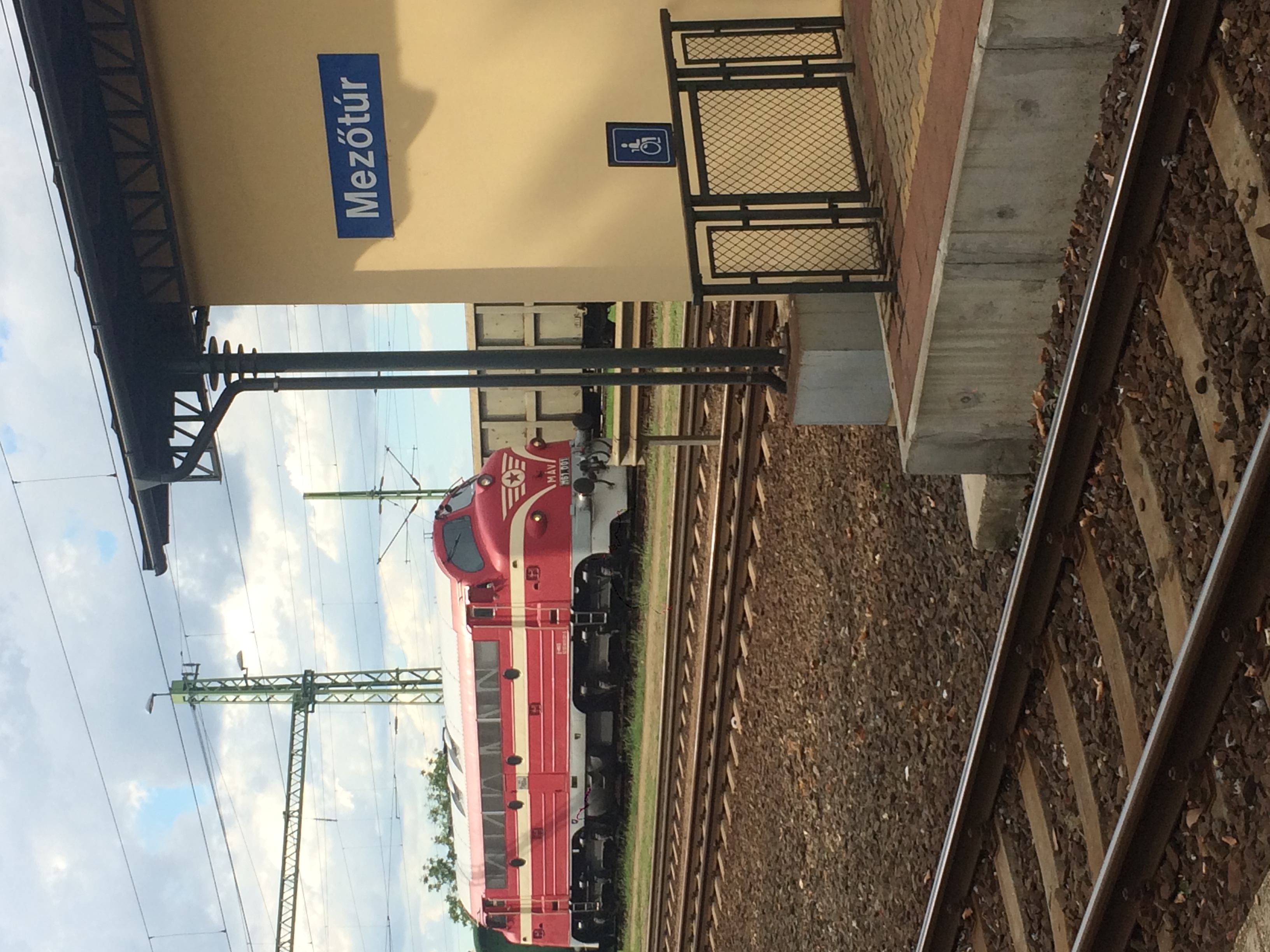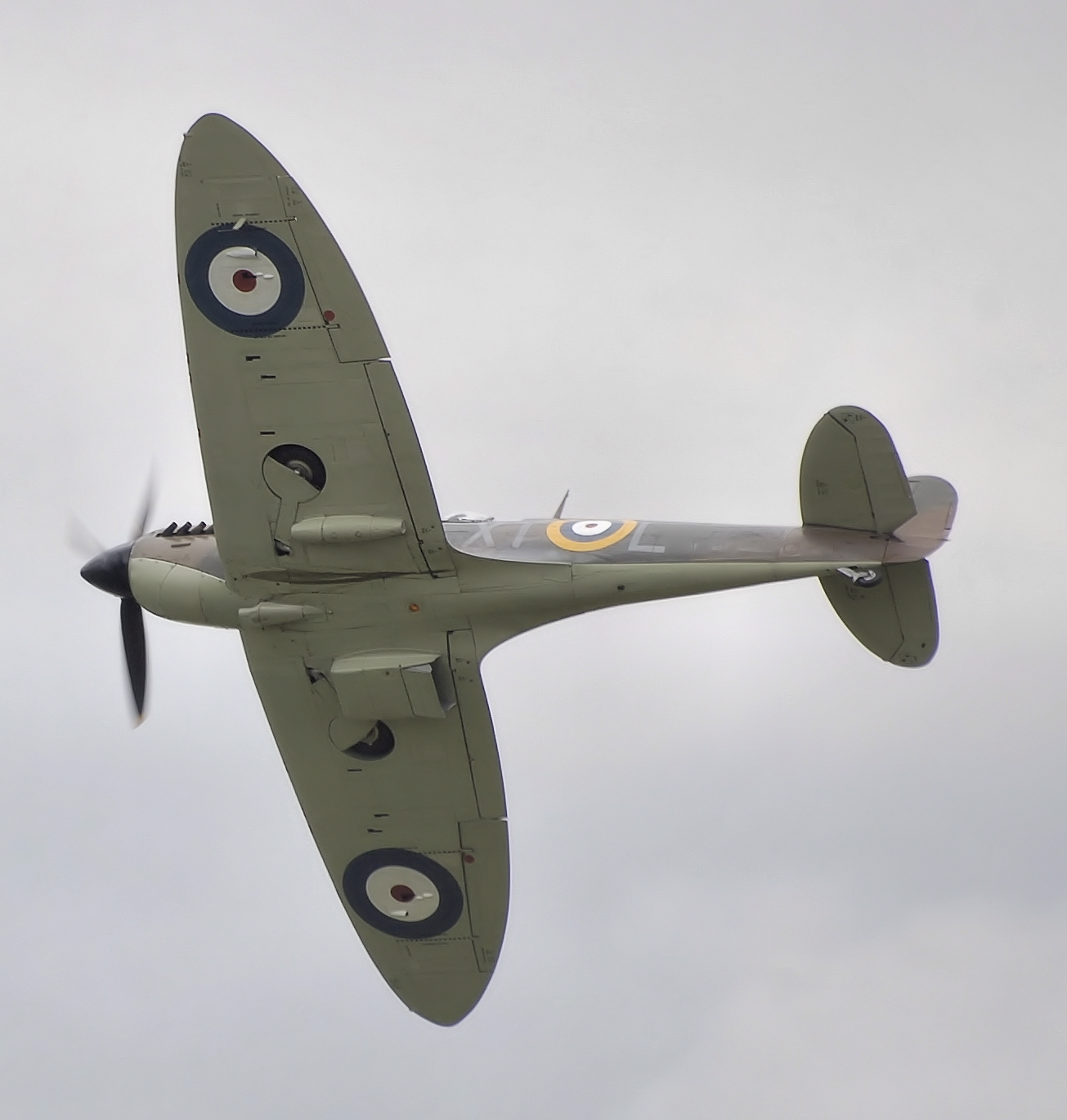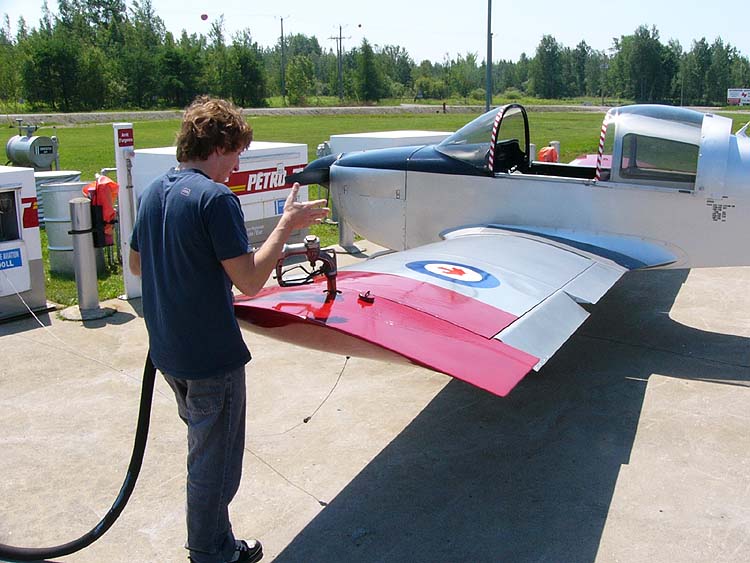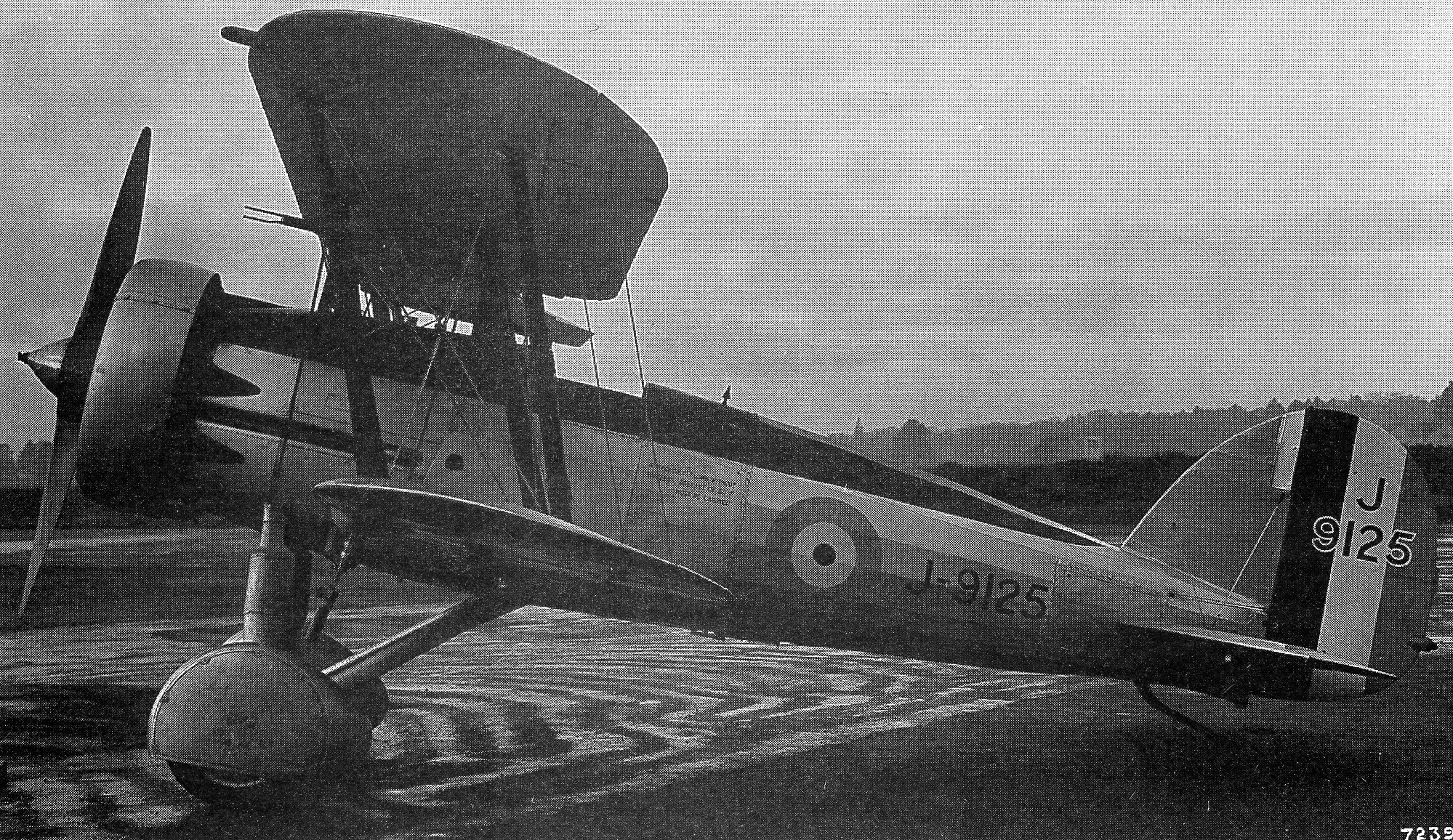|
Bristol Mercury XX
The Bristol Mercury is a British nine-cylinder, air-cooled, single-row, piston radial engine. Designed by Roy Fedden of the Bristol Aeroplane Company it was used to power both civil and military aircraft of the 1930s and 1940s. Developed from the earlier Jupiter engine, later variants could produce 800 horsepower (600 kW) from its capacity of 1,500 cubic inches (25 L) by use of a geared supercharger. Almost 21,000 engines were produced, with a number also being built under license elsewhere in Europe. Several examples remain airworthy, with other preserved examples on public display in aviation museums. Design and development The Mercury was developed by the Bristol Aeroplane Company in 1925 as their Bristol Jupiter was reaching the end of its lifespan. Although the Mercury initially failed to attract much interest, the Air Ministry eventually funded three prototypes and it became another winner for the designer Roy Fedden. With the widespread introduction of supercharg ... [...More Info...] [...Related Items...] OR: [Wikipedia] [Google] [Baidu] |
WikiProject Aircraft
A WikiProject, or Wikiproject, is an affinity group for contributors with shared goals within the Wikimedia movement. WikiProjects are prevalent within the largest wiki, Wikipedia, and exist to varying degrees within Wikimedia project, sibling projects such as Wiktionary, Wikiquote, Wikidata, and Wikisource. They also exist in different languages, and translation of articles is a form of their collaboration. During the COVID-19 pandemic, CBS News noted the role of Wikipedia's WikiProject Medicine in maintaining the accuracy of articles related to the disease. Another WikiProject that has drawn attention is WikiProject Women Scientists, which was profiled by ''Smithsonian Magazine, Smithsonian'' for its efforts to improve coverage of women scientists which the profile noted had "helped increase the number of female scientists on Wikipedia from around 1,600 to over 5,000". On Wikipedia Some Wikipedia WikiProjects are substantial enough to engage in cooperative activities with outsi ... [...More Info...] [...Related Items...] OR: [Wikipedia] [Google] [Baidu] |
Supercharger
In an internal combustion engine, a supercharger compresses the intake gas, forcing more air into the engine in order to produce more power for a given displacement (engine), displacement. It is a form of forced induction that is mechanically powered (usually by a belt from the engine's crankshaft), as opposed to a turbocharger, which is powered by the kinetic energy of the exhaust gases. However, up until the mid-20th century, a turbocharger was called a "turbosupercharger" and was considered a type of supercharger. The first supercharged engine was built in 1878, with usage in aircraft engines beginning in the 1910s and usage in car engines beginning in the 1920s. In piston engines used by aircraft, supercharging was often used to compensate for the lower air density at high altitudes. Supercharging is less commonly used in the 21st century, as manufacturers have shifted to turbochargers to reduce fuel consumption and increase power outputs, especially with reduced engine dis ... [...More Info...] [...Related Items...] OR: [Wikipedia] [Google] [Baidu] |
NOHAB
NOHAB (Nydqvist & Holm AB) was a manufacturing company based in the city of Trollhättan, Sweden. History The company was founded by Antenor Nydqvist, Johan Magnus Lidström and Carl Olof Holm in 1847 as ''Trollhättans Mekaniska Verkstad'' as a manufacturer of turbines for hydraulic power plants. In 1865, the company made its first steam locomotive and in 1912 the 1,000th locomotive steamed out of the factory. In Nohab's anniversary book "The Thousand Locomotive" from 1912, it's mentioned that the company also manufactured davits for Titanic's lifeboats. In 1916 the company was reconstituted as a limited company and became NOHAB. In 1920, NOHAB received an order of 1000 locomotives from Soviet Russia. Only 500 were delivered between 1921 and 1924. In 1924, Nohab built three steam locomotives, 4-6-0 ones for with the respective builder's plates #1727, #1728 and #1729 for Estrada de Ferro Rio d'Ouro in the state of Rio de Janeiro (Brazil). According to E.F. Rio d'Ouro's su ... [...More Info...] [...Related Items...] OR: [Wikipedia] [Google] [Baidu] |
PZL P
PZL, may refer to: Places * PZL, an IATA airport code for Phinda Airfield in KwaZulu-Natal, South Africa * PZL, a location code for the Złotów County, Greater Poland Voivodeship, Poland, in the system of the vehicle registration plates of Poland Technology * Państwowe Zakłady Lotnicze (PZL), a defunct Poland-based aerospace manufacturer operating from 1928 to 1989 * PZL-Kalisz, a machinery and electronics manufacturer based in Poland * PZL Mielec (Polskie Zakłady Lotnicze), an aerospace manufacturer based in Poland * PZL-Świdnik, a helicopter manufacturer based in Poland Others * Polish Hunting Union (Polish: ''Polski Związek Łowiecki'', PZŁ), an organization of hunters in Poland * Polish Union of Peasant Activists (Polish: ''Polski Związek Ludowców'', PZL), a political party in Poland Poland, officially the Republic of Poland, is a country in Central Europe. It extends from the Baltic Sea in the north to the Sudetes and Carpathian Mountains in the ... [...More Info...] [...Related Items...] OR: [Wikipedia] [Google] [Baidu] |
Państwowe Zakłady Lotnicze
PZL (''Państwowe Zakłady Lotnicze'' - State Aviation Works) was the largest Poland, Polish aerospace manufacturer of the interwar period, and a brand of their aircraft. Based in Warsaw between 1928 and 1939, PZL introduced a variety of well-regarded aircraft, most notably the PZL P.11 fighter aircraft, fighter, the PZL.23 Karaś light bomber, and the PZL.37 Łoś medium bomber. In the post-war era, aerospace factories in Poland were initially run under the name WSK (Transport Equipment Manufacturing Plant), but returned to adopt PZL acronym in late 1950s. This was used as a common aircraft brand and later as a part of names of several Polish state-owned aerospace manufacturers referring to PZL traditions, and belonging to the ''Zjednoczenie Przemysłu Lotniczego i Silnikowego PZL'' - PZL Aircraft and Engine Industry Union. Among the better-known products during this period is the PZL TS-11 Iskra jet trainer and PZL-104 Wilga STOL utility aircraft. After the fall of communism in ... [...More Info...] [...Related Items...] OR: [Wikipedia] [Google] [Baidu] |
Shadow Factories
British shadow factories were the outcome of the Shadow Scheme, a plan devised in 1935 and developed by the British government in the buildup to World War II to try to meet the urgent need for more aircraft using technology transfer from the motor industry to implement additional manufacturing capacity. The term 'shadow' was not intended to mean secrecy, but rather the protected environment they would receive by being staffed by all levels of skilled motor industry people alongside (in the shadow of) their own similar civilian motor industry operations. A directorate of Aeronautical Production was formed in March 1936 with responsibility for the manufacture of airframes as well as engines, associated equipment and armaments. The project was headed by Herbert Austin and developed by the Air Ministry under the internal project name of the Shadow Scheme. Sir Kingsley Wood took responsibility for the scheme in May 1938, on his appointment as Secretary of State for Air in place of ... [...More Info...] [...Related Items...] OR: [Wikipedia] [Google] [Baidu] |
Compression Ratio
The compression ratio is the ratio between the maximum and minimum volume during the compression stage of the power cycle in a piston or Wankel engine. A fundamental specification for such engines, it can be measured in two different ways. The simpler way is the static compression ratio: in a reciprocating engine, this is the ratio of the volume of the cylinder when the piston is at the bottom of its stroke to that volume when the piston is at the top of its stroke. The dynamic compression ratio is a more advanced calculation which also takes into account gases entering and exiting the cylinder during the compression phase. Effect and typical ratios A high compression ratio is desirable because it allows an engine to extract more mechanical energy from a given mass of air–fuel mixture due to its higher thermal efficiency. This occurs because internal combustion engines are heat engines, and higher compression ratios permit the same combustion temperature to be reached wit ... [...More Info...] [...Related Items...] OR: [Wikipedia] [Google] [Baidu] |
Avgas
Avgas (aviation gasoline, also known as aviation spirit in the United Kingdom, UK) is an aviation fuel used in aircraft with spark-ignited internal combustion engines. ''Avgas'' is distinguished from conventional gasoline (petrol) used in motor vehicles, which is termed ''mogas'' (motor gasoline) in an aviation context. Unlike motor gasoline, which has been formulated without lead since the 1970s to allow the use of catalytic converters for pollution reduction, the most commonly used grades of avgas still contain tetraethyllead, tetraethyl lead, a toxic lead-containing additive used to aid in lubrication of the engine, increase octane rating, and prevent engine knocking (spark-knock). There are ongoing efforts to reduce or eliminate the use of lead in aviation gasoline. Kerosene-based jet fuel is formulated to suit the requirements of gas turbine, turbine engines which have no octane requirement and operate over a much wider flight envelope than piston engines. Kerosene is also ... [...More Info...] [...Related Items...] OR: [Wikipedia] [Google] [Baidu] |
Light Bomber
A light bomber is a relatively small and fast type of military bomber aircraft that was primarily employed before the 1950s. Such aircraft would typically not carry more than one ton of ordnance. The earliest light bombers were intended to drop their bombs in level flight over a target. During World War I some air forces began to distinguish between light bombers and the earliest purpose-built attack aircraft which carried out ground attack, close air support, anti-shipping and similar missions. After World War I, attack aircraft were typically identifiable by their ability to carry multiple fixed machine guns, automatic cannons and rockets in addition to bombs. Light bombers have often served as attack aircraft and vice versa. Purpose-built light bombers disappeared from military aviation by the end of World War II, as advancements in propulsion and aeronautical design enabled newer attack/strike aircraft, fighter-bombers, and multirole aircraft types to deliver equal ... [...More Info...] [...Related Items...] OR: [Wikipedia] [Google] [Baidu] |
Bomber Aircraft
A bomber is a military combat aircraft that utilizes air-to-ground weaponry to drop bombs, launch torpedoes, or deploy air-launched cruise missiles. There are two major classifications of bomber: strategic and tactical. Strategic bombing is done by heavy bombers primarily designed for long-range bombing missions against strategic targets to diminish the enemy's ability to wage war by limiting access to resources through crippling infrastructure, reducing industrial output, or inflicting massive civilian casualties to an extent deemed to force surrender. Tactical bombing is aimed at countering enemy military activity and in supporting offensive operations, and is typically assigned to smaller aircraft operating at shorter ranges, typically near the troops on the ground or against enemy shipping. Bombs were first dropped from an aircraft during the Italo-Turkish War, with the first major deployments coming in the First World War and Second World War by all major airforces, dama ... [...More Info...] [...Related Items...] OR: [Wikipedia] [Google] [Baidu] |
Gloster Gauntlet
The Gloster Gauntlet was a single-seat biplane fighter designed and produced by the British aeroplane manufacturer Gloster Aircraft in the 1930s. It was the last fighter to be operated by the Royal Air Force (RAF) to have an open cockpit, and also the penultimate biplane fighter in its service. The Gauntlet had a somewhat lengthy development process, linking back to the S.S.18 prototype of 1929. Extensive modifications, including multiple engine changes and changes to suit varying specifications, resulted in a relatively fast fighter aircraft for the era as well as a heavy armament and favourable manoeuvrability. By mid-1933, the Gauntlet name had been applied to the type and the Air Ministry placed an initial order for 24 aircraft during September of that year. It was procured as a replacement for the Bristol Bulldog, being roughly faster and more heavily armed. In May 1935, 19 Squadron became the first unit to receive the Gauntlet I. An improved model, the Gauntlet II, fea ... [...More Info...] [...Related Items...] OR: [Wikipedia] [Google] [Baidu] |
Fighter Aircraft
Fighter aircraft (early on also ''pursuit aircraft'') are military aircraft designed primarily for air-to-air combat. In military conflict, the role of fighter aircraft is to establish air supremacy, air superiority of the battlespace. Domination of the airspace above a battlefield permits bombers and attack aircraft to engage in tactical bombing, tactical and strategic bombing of enemy targets, and helps prevent the enemy from doing the same. The key performance features of a fighter include not only its firepower but also its high speed and maneuverability relative to the target aircraft. The success or failure of a combatant's efforts to gain air superiority hinges on several factors including the skill of its pilots, the tactical soundness of its doctrine for deploying its fighters, and the numbers and performance of those fighters. Many modern fighter aircraft also have secondary capabilities such as ground-attack aircraft, ground attack and some types, such as fighter-b ... [...More Info...] [...Related Items...] OR: [Wikipedia] [Google] [Baidu] |









